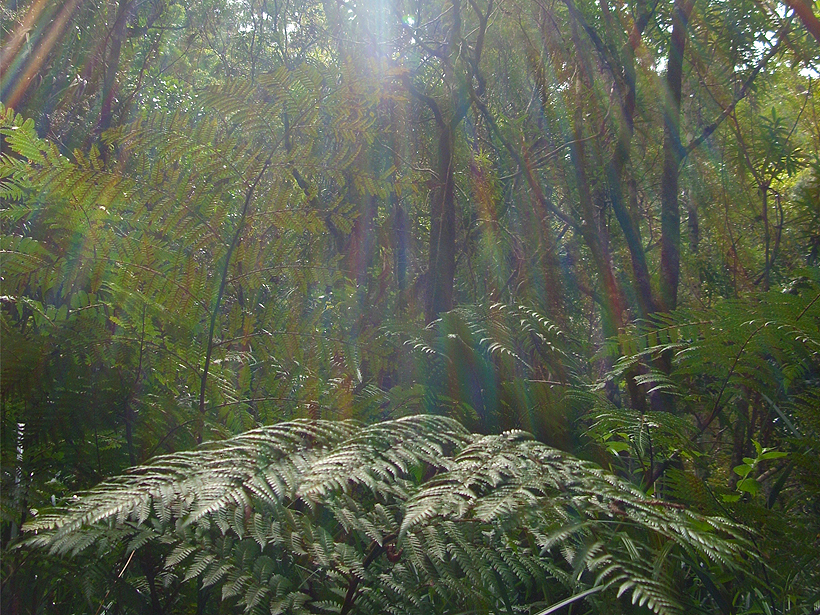Source: Journal of Geophysical Research: Biogeosciences
Century-scale temperature changes and record-breaking storms may grab headlines, but variations in climate are manifested in diverse ways across time and around the globe. Changing patterns in temperature, precipitation, and solar radiation have profound effects on local ecosystem functioning, and scientists are still working to better codify the complex interactions between meteorological variability and the movement of water and carbon through those ecosystems, also known as “fluxes.”
Vegetation plays a vital role in this transport of water and carbon, and changes in climate have a profound impact on where and how plants grow, as measured by variability of biomass over time scales much longer than the short-term meteorological drivers. These variations, in turn, influence global climate via biomass coverage, hydrologic variability, and carbon cycling. Thus, identifying how small-scale meteorological changes affect local biological, hydrological, and ecological processes is fundamental to improving climate mitigation and resource management.
Climate variability on short time scales—hours to days—changes the energy balance of ecosystems, from boreal forests to semiarid shrublands. Paschalis et al. modeled interactions between soil, vegetation, and the atmosphere to measure these variations in energy and identify how environmental variations affect water and carbon fluxes. The team manipulated data from six distinct biomes across three continents with the mechanistic ecohydrological model Tethys-Chloris. They focused on distinguishing between how fluxes responded to environmental variables on different scales, from hours to years.
The scientists found that when short-term meteorological variables, like changes in air temperature over the course of a day, influenced short-term ecological processes like photosynthesis, the overall impact on water and carbon fluxes was small. The effects of short-term meteorological variations on long-term hydrological and ecological processes were more enduring.
For example, a short temporal scale can affect the movement and storage of water in the soil over a time scale stretched to a year or more. An ecosystem’s response also depends on the limiting resource—precipitation drives annual-scale changes in arid regions, and temperature constrains biochemical processes that enable plants to assimilate carbon in cold regions.
Ultimately, meteorological variability on short time scales has a range of effects on the time-integrated water and carbon fluxes, with real ramifications for food production, resource management, and public health. (Journal of Geophysical Research: Biogeosciences, doi:10.1002/2015JG003002, 2015)
—Lily Strelich, Freelance Writer
Citation: Strelich, L. (2015), Climate variability across scales affects ecosystems over time, Eos, 96, doi:10.1029/2015EO039731. Published on 19 November 2015.
Text © 2015. The authors. CC BY-NC 3.0
Except where otherwise noted, images are subject to copyright. Any reuse without express permission from the copyright owner is prohibited.

